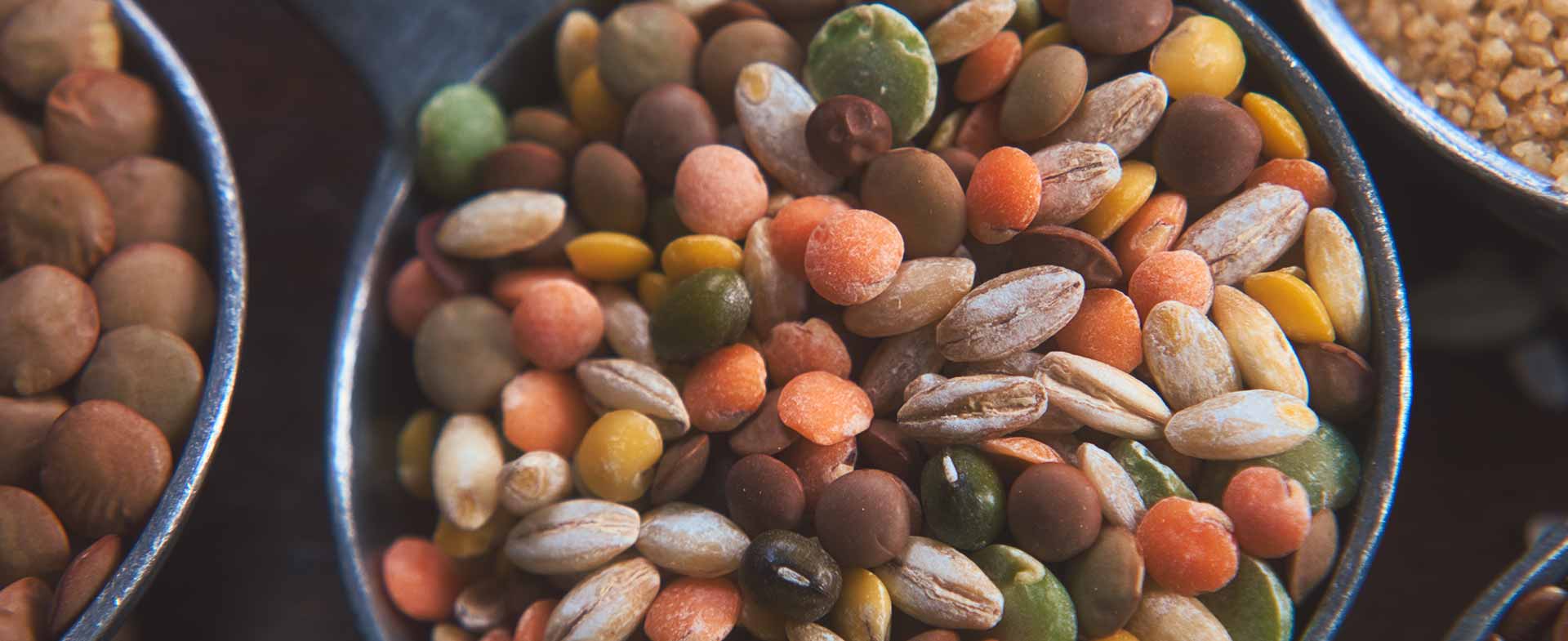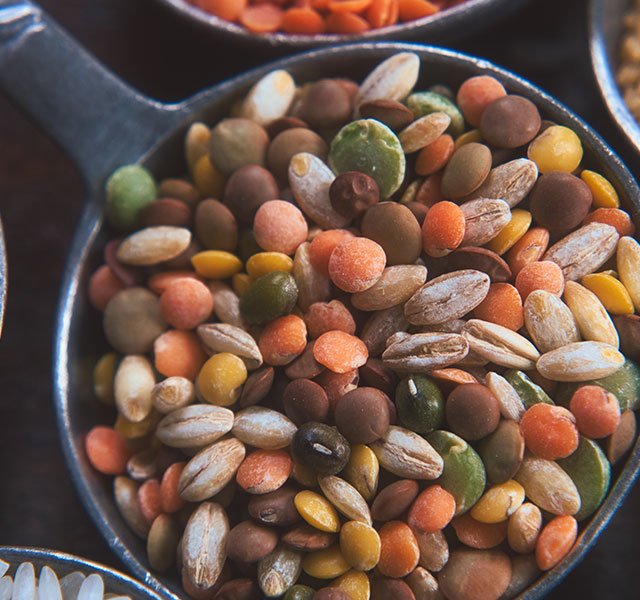It’s cold outside and soup season is here. There are many reasons why you should eat soup and it’s a wonderful way to stay hydrated in the winter months. Plus, research supports soup’s longstanding status as a folk remedy for many ails: Studies show that it can actually boost your immune system, ease congestion and sooth a sore throat.
But making soup can take time. Amidst a busy schedule, you may be looking for a quicker way to that warm spoonful of comfort. Soup starters are a popular shortcut. These packages of dried ingredients are ready for you to simply add water or broth, heat and serve.
While soup starters may be time savers, they’re not always the healthiest option. Often times, they can contain high amounts of sodium, saturated fat and calories. So, select starters carefully and add flavor and nutrients with vegetables, whole grains and lean proteins.
Here's how to make healthy choices when you’re craving soup.
Watch For Sodium, Saturated Fat And Calories
They’re convenient, but soup starters are still packaged, sometimes processed, food. So, it’s important to read labels before selecting one. Watch for these common pitfalls:
- Salt: Many soup starters are high in sodium. One chicken bouillon cube alone can have more than 900 milligrams of sodium. That’s more than 30% of the daily recommended amount of 2,300 milligrams. Thayer suggests choosing a low-sodium broth or salt-free starter instead.
- Saturated fat: Soup starters – or the ingredients you add to them – can be high in saturated fat. For example, a starter for broccoli cheese soup may require you to add cheese or cream. These extra ingredients add fat and calories. Choose low-fat cheese or milk instead.
- Calories: Check a soup’s serving size and calories per serving. If the serving size is 1 cup and you eat 2 cups, you’re consuming twice the calories listed on the label. And beware of “low-fat” products, which may contain other high-calorie ingredients like sugar.
By monitoring these factors, you reduce your risk for obesity, high blood pressure, heart disease and stroke.
Soup Starters: What To Choose
To be sure you’re making the most nutritious — and tastiest — soup possible, pick a soup starter with:
- A no-salt, herb-based seasoning
- A low-sodium chicken or beef broth
- A dried bean mixture
You can make your soup even more flavorful and nutrient-packed by adding:
- Fresh vegetables, such as winter squash, broccoli and kale
- Legumes, such as black or navy beans and green peas
- Protein, such as lean chicken, beef or fish
- Brown rice or whole grain pasta
Have The Time? Make A Healthy Homemade Soup
When you do have time, try making homemade soups. If you start from scratch, you can control the ingredients — and the nutrients. If a long ingredient list on a soup recipe makes you hit pause, these steps can help you save time:
- Divide and conquer: Save time on the day you make soup by planning ahead. Prepare your ingredients in advance. You can chop extra vegetables and proteins when making other meals a day or two ahead and refrigerate until you’re ready to cook. You can even measure spices ahead of time and store them in an airtight container. Then just toss all the ingredients in a pot and cook.
- Make substitutions: If you don’t have every ingredient, make substitutions. Soup recipes tend to be forgiving. For example, use dried herbs in place of fresh ones. Out of fresh vegetables? You can use frozen or low-sodium canned vegetables. Just remember to adjust the cooking time accordingly.
- Use a slow or pressure cooker: Place ingredients in a slow cooker in the morning and have soup ready for dinner. You can also use an electric pressure cooker and cut cooking time. For example, you can make soup with dried beans in just an hour.
Creamy Tomato And Corn Soup With White Beans
Carrot Ginger Soup
Beef Barley Vegetable Soup
Sweet Potato And Black Bean Chili
Double The Recipe And Freeze For Future Healthy Meals
Whether you’re using a soup starter or making a soup from scratch, consider doubling the recipe. Freeze the extra soup for a healthy meal on another busy day. Don’t forget — use small storage containers. This approach allows the soup to freeze quickly, slowing the growth of any bacteria that could cause foodborne illnesses.
Then when you’re ready to eat, defrost and enjoy!
To make an appointment with a registered dietitian, call 1-855-434-5483 or visit henryford.com/nutrition.
Bethany Thayer, MS, RDN, is the director of the Henry Ford Center for Health Promotion and Disease Prevention. Learn more about Bethany.



